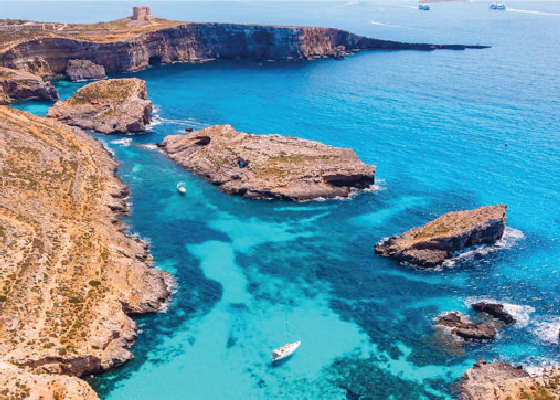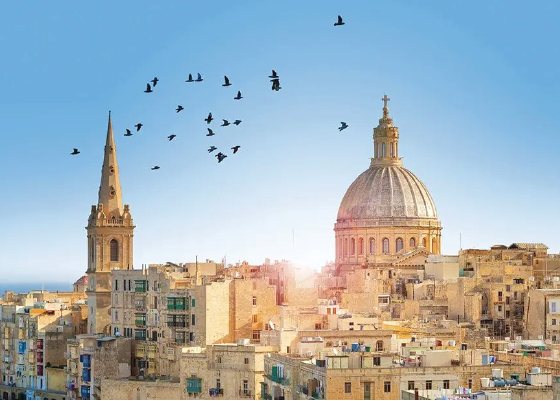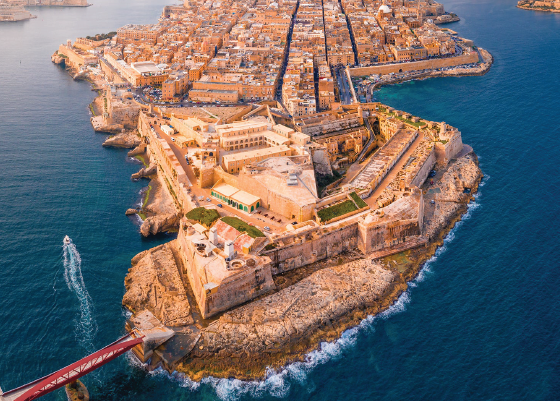Send a message.
We’re here to answer any question you may have.
Support
Would you like to join our growing team?
info@ikcollection.com
careers
Would you like to join our growing team?
careers@ikcollection.com
We’re here to answer any question you may have.
Would you like to join our growing team?
info@ikcollection.com
Would you like to join our growing team?
careers@ikcollection.com
Malta is an archipelago in the central Mediterranean between Sicily and the North African coast. It's a nation known for historic sites related to a succession of rulers including the Romans, Moors, Knights of Saint John, French and British. It has numerous fortresses, megalithic temples and the Ħal Saflieni Hypogeum, a subterranean complex of halls and burial chambers dating to circa 4000 B.C.



The island of Malta specifically played a vital strategic role in World War II as a base for the Allied Powers. It was heavily bombarded by German and Italian aircraft, and by the end of the war Malta was devastated. In 1942 the island of Malta was presented with the George Cross, a British award for great gallantry, in recognition of the wartime bravery of the Maltese people. After the war, the movement for self-governance became stronger. The country of Malta became independent from Britain and joined the Commonwealth in 1964 and was declared a republic on December 13, 1974. It was admitted to the European Union (EU) in 2004. A European atmosphere predominates in Malta as a result of close association with the Continent, particularly with southern Europe. The Maltese are renowned for their warmth, hospitality, and generosity to strangers, a trait that was noted in the Acts of the Apostles, with respect to the experience of St. Paul, the Apostle, who was said to have been shipwrecked off Malta in 60 CE.
The climate of Malta is typically Mediterranean, with hot, dry summers, warm and sporadically wet autumns, and short, cool winters with adequate rainfall. More than three-fourths of the total annual rainfall of about 22 inches (550 mm) falls between October and March; June, July, and August are normally quite dry.
Adding {{itemName}} to cart
Added {{itemName}} to cart